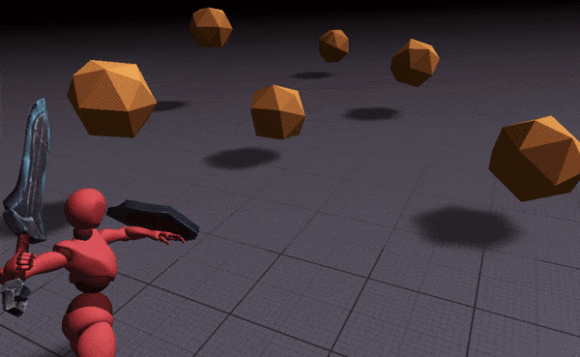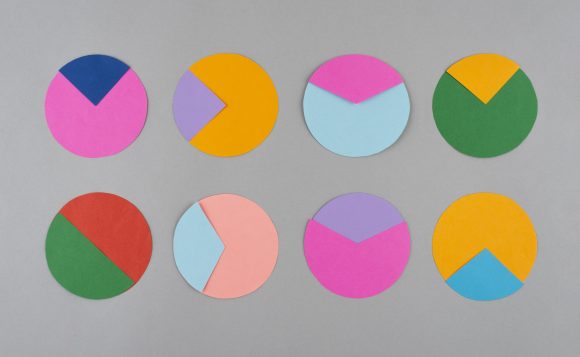
Blockchain is now a globally revered technology that has solidified its position in the tech world. Companies that are centered on various professions are now embracing Blockchain to manage various tasks and processes within their work areas. Initially, the use of Blockchain had revolved around cryptocurrency. Following its deployment, various electronic currencies emerged to enable individuals and companies to transfer their funds securely and without fear of theft or mismanagement. Blockchain has found various uses since then, and its application today ranges from corporate to government functions and processes far beyond money transfer. Here are some of the major ways in which Blockchain is changing the way different processes are handled.
GOVERNMENT PROCESSES
- Identity Services
When factors such as international visits, dual citizenship, and even crime come into play, there is a need for a record management system which is scalable and synchronized across every platform. Governments can utilize Blockchain to manage collected records across distributed systems globally. These include identification, passports, and various certificates including birth and marriage, health records, electoral IDs, among others. Storage of this information securely and transparently will help governments to provide services electronically and efficiently to every citizen or resident within its borders. Blockchain enables governments and their institutions to store these records so that they are accessible to the relevant parties and not easily tampered with.
- Land Tenure
Land disputes within developing countries is a daily challenge. The main cause of these disputes is the lack of proper registration and recording systems which are accessible to the public. A lot of fraudulent documentation is used to either purchase or sell land illegally, and the follow up of legitimate documents can sometimes be a tedious process. If Blockchains are used to replace existent forms of records, the government will be able to provide its citizens with a transparent and secure way of keeping records of land and every other property that is owned by them.
- Electoral Processes
Currently, there are electronic systems in place which are used to register voters, conduct the election process and count votes. These systems, however, have been reported severally to be flawed, with incidences of hacking and election tampering being recorded in almost every country that utilizes them. By replacing traditional electronic systems with Blockchain, the election process will be more transparent and secure and the credibility of these processes will be assured.
- Preservation of Rights and Freedom
In many countries, various rights and freedom, especially those around access to information, are exploited if not denied. Governments exploit power to keep citizens from information either by completely eradicating the information or abusing the sources such as media houses and journalists so they cannot share it with the public. This information can be kept accessible and safe from tampering by the use of Blockchains. Distribution of this information in Blockchain will ensure that they are preserved and accessible from any location and at all times.
BUSINESS PROCESSES
- Smart Contracts
The use of smart contracts in conducting businesses ensures that both parties are held accountable and that each of them meets the demands of the contract in question. Smart contracts can be difficult to uphold without a proper definition of terms. Lack of proper security measures also leave the contracts vulnerable to unauthorized editing or manipulation. Using Blockchains to define smart contracts can help to secure them more accurately, ensuring that every change that is made to the contract is agreed upon by all parties involved. This will ensure transparency and proper running of business processes.
- Supply Chain Tracking
Supply chain tracking is made possible by the use of sensors on packages. These sensors pick up crucial data which ensures that the packages are well handled from the supplier to the end customer. With the use of Blockchain, enterprises can record information such as internal pressure, temperature, and the personnel who handle the packages until when it is delivered. Blockchain will enable synchronized tracking all through, which will help businesses to make smart shipping strategies to prevent damage or loss of products.
- Securities Trade
The trading of stocks, bonds, currency and other commodities for short-term returns has been happening online for quite some time. The problem is that the processes involved in these kinds of trade – including pre-trade, trade, and post-trade – are time consuming and inefficient. Various stock exchange facilitators are working on incorporating Blockchain technology into these processes so that they will be distributed and handled separately, which will reduce significantly the amount of time taken to process them and make them more efficient.
- Distributed Storage
Currently, cloud-based storage is dependent on secondary storage providers. Users upload their data to these service providers and can only hope that they do not tamper with, lose or expose this data. With Blockchain, a decentralized storage system is in play. The storage of data in small packets called blocks across billions of machines ensures that it is safe, and only authorized persons can access it. It is nearly impossible to hack this data and would require an enormous amount of processing power to collect every block of information. This ensures the safety of a user’s or company’s data from unwanted access or manipulation.
Blockchain in Healthcare
Medical records are crucial in every individual’s life. They allow access to medicine and other medical services and reimbursement from insurance among other factors. Healthcare centers can utilize Blockchain to store and manage their patient records, make them available for access by any medical center that patients visits, and manage the flow of resources within the hospital.
Blockchain for Music
The biggest battle in the music industry is ensuring that ownership rights and IP rights are observed and upheld. There is also a big issue with royalty distribution and transparency when it comes to payment processing. Blockchain technology can eliminate these issues by creating a decentralized system for negotiating and following up royalties. A distributed database for ownership rights can also be created and kept transparent for every musician to access when the need arises.


